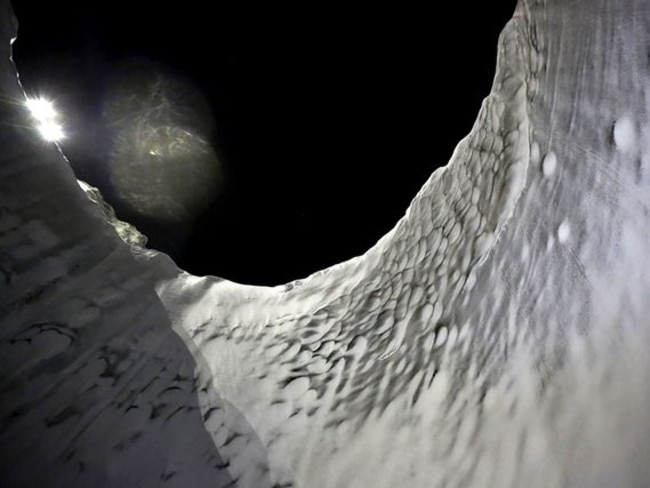Russian scientists have climbed into the frozen belly of a mysterious Siberian methane blow hole
THEY appeared without warning, bringing fear and mystery with them. Now, six months on, scientists have ventured deep into Siberia’s blow holes.
SIX months after Siberia’s mysterious blow holes blasted their way on to the world stage, a team of scientists have successfully plumbed their depths.
The first of the mysterious craters was discovered in northern Siberia in July at a place called Yamal … “The End of the Earth”. Two more were found shortly after.
SIBERIAN BLOW-HOLES: Terrifying sign of runaway climate change?
Amid speculation of meteor impacts and weapons testing — not to mention extraterrestrials and Hollow Earth openings — came a terrifying scientific theory: The mysterious blow holes were the outcome of escaping bubbles of methane gas.
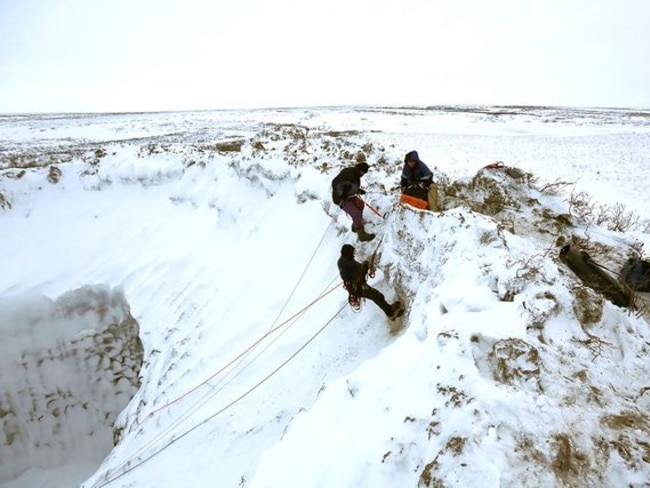
As winter closes on the northern latitudes, the muddy sides of the 17m deep vent have frozen solid — allowing scientists to safely scale down the slick, smooth surface to observe what lies beneath.
Led by director of the Russian Centre of Arctic Exploration, Vladimir Pushkarev, the team is yet to release the details of their observations until they are fully analysed and verified.
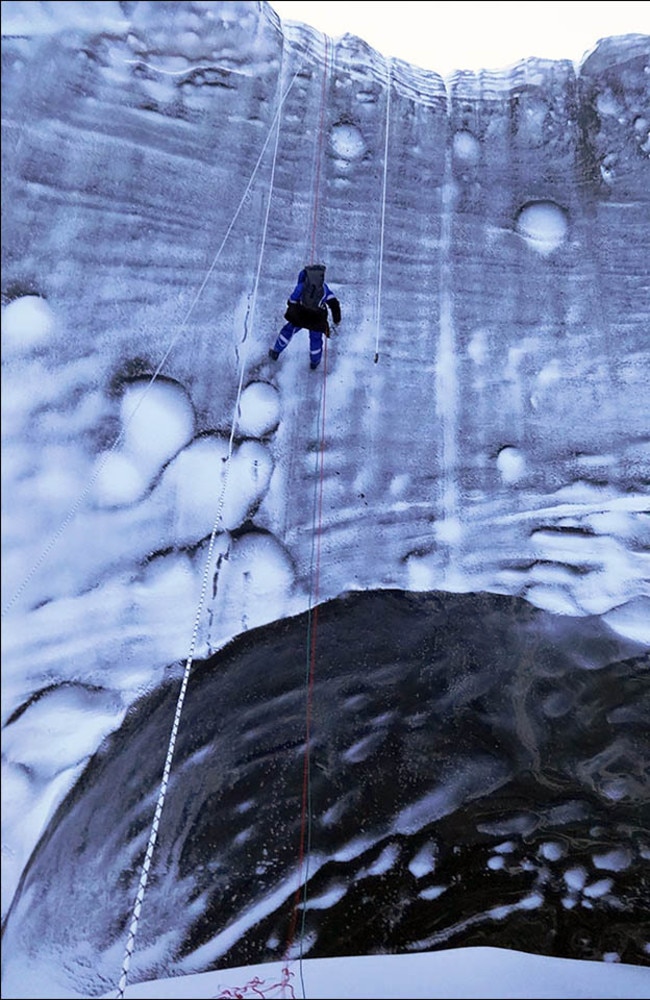
“We managed to go down into the funnel, all was successful,” he told the Siberian Times. “We used climbing equipment, and it is easier to do this in winter, than in summer, with the ground now hard.”
At the bottom was a frozen lake of gas and water.
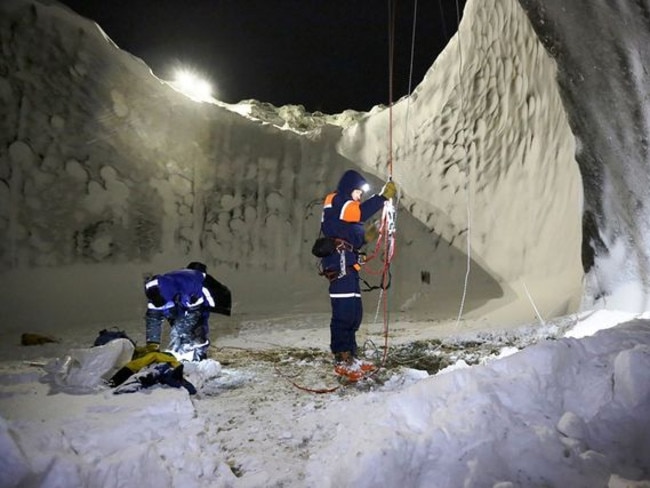
“The depth of the mini-lake is about 10.5 metres but it can be deeper. We are waiting for the exact information from readings taken by the scientists’, Pushkarev said.
But the working theory is an explosion of this methane gas hydrate — an icy slush of water and gas locked in the permafrost and deep under the oceans — formed the blow hole some time last year.

“The main element — and this is our working theory to explain the Yamal crater — was a release of gas hydrates,” researcher Vladimir Potapov told the Siberian Times. “It turned out that there are gas hydrates both in the deep layer which on peninsula is several hundred metres down, and on the layer close to the surface. There might be another factor, or factors, that could have provoked the air clap. Each of the factors added up and gas exploded, leading to appearance of the crater.”
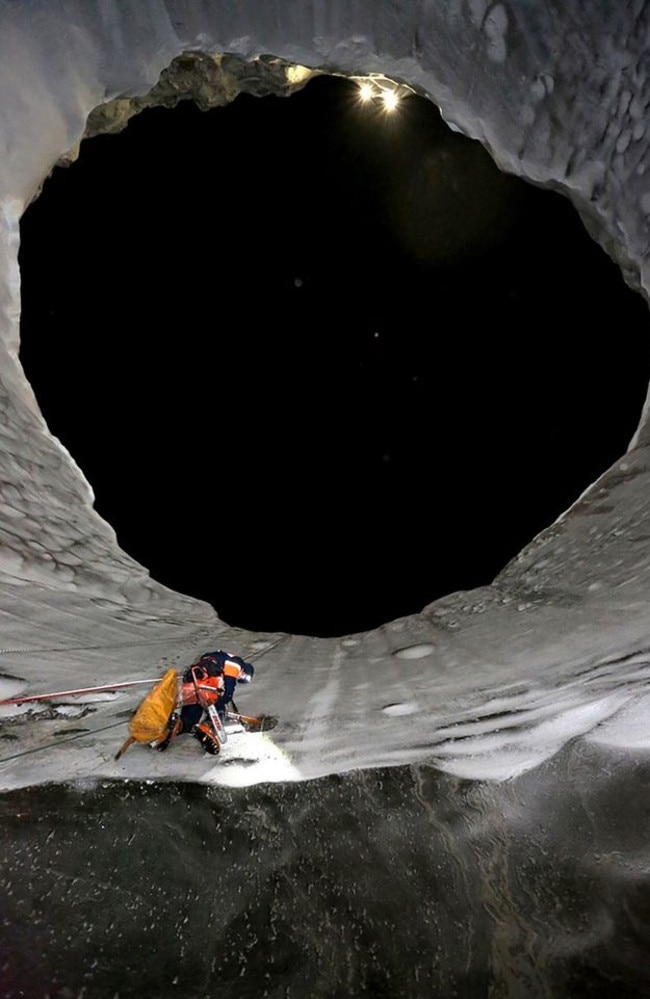
The mysterious holes are believed to be the first sign of warming atmospheric temperatures causing the escape of the volatile greenhouse gas from the frozen tundra’s permafrost.
Recent years have been the hottest experienced by the frozen waste in more than 120,000 years. Russian scientists say this may have caused the areas rich methane reserves to heat up and form vast pockets beneath the icy crust until they built up enough pressure to erupt through to the surface.
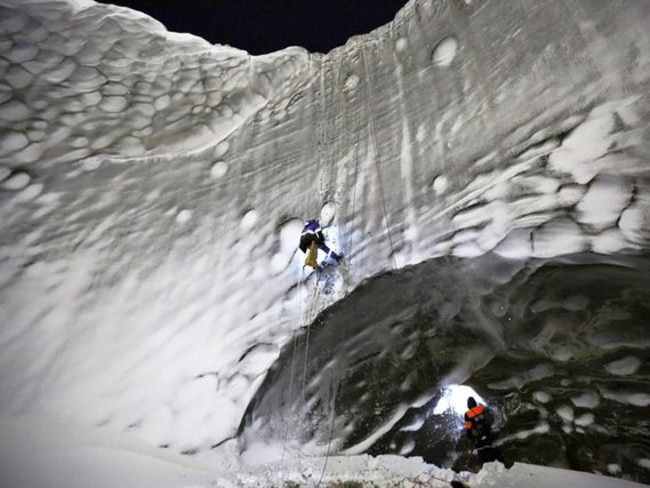
The Yamal crater is also located on the intersection of two tectonic faults, also believed to be a possible contributing factor to the higher-than-usual subsurface temperatures.
The Russian researchers say they hope to model the many factors contributing to the methane explosion in an effort to understand how it formed.
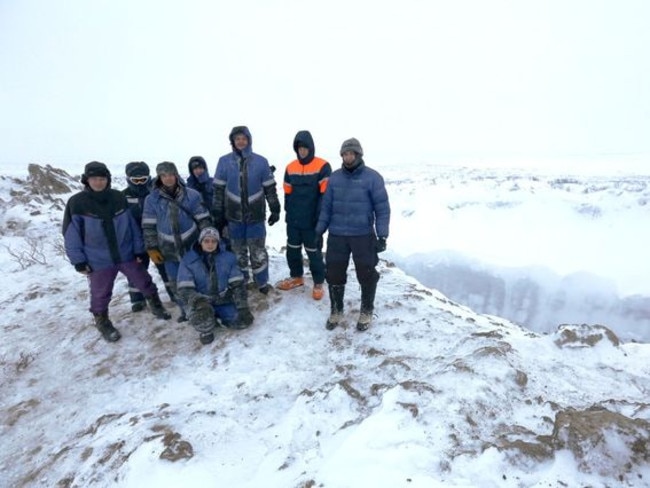
In the meantime, they aim to gather more data from the as-yet unexplored remaining two vent holes as well as an intensive study of 30-year-worth of satellite photographs to determine if the phenomenon has happened before.
